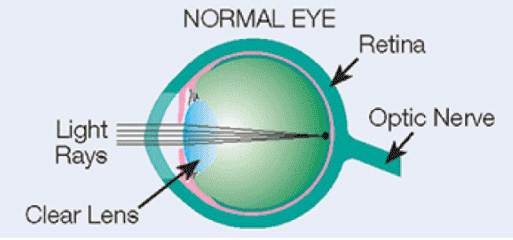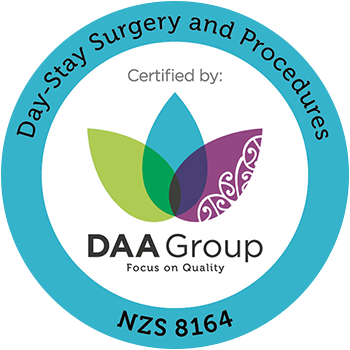However, millions of patients can now see clearly after cataract surgery
Discover more about this condition and how to treat it
Choose the option below that sounds most like you to discover your best solution
Give us a call to understand how your insurance can help cover your treatment
Cataract treatment options can be confusing. We’ve made the journey as straightforward as can be
Learn more about refractive cataract surgery from authoritative sources.
Note: These links will take you off our website













